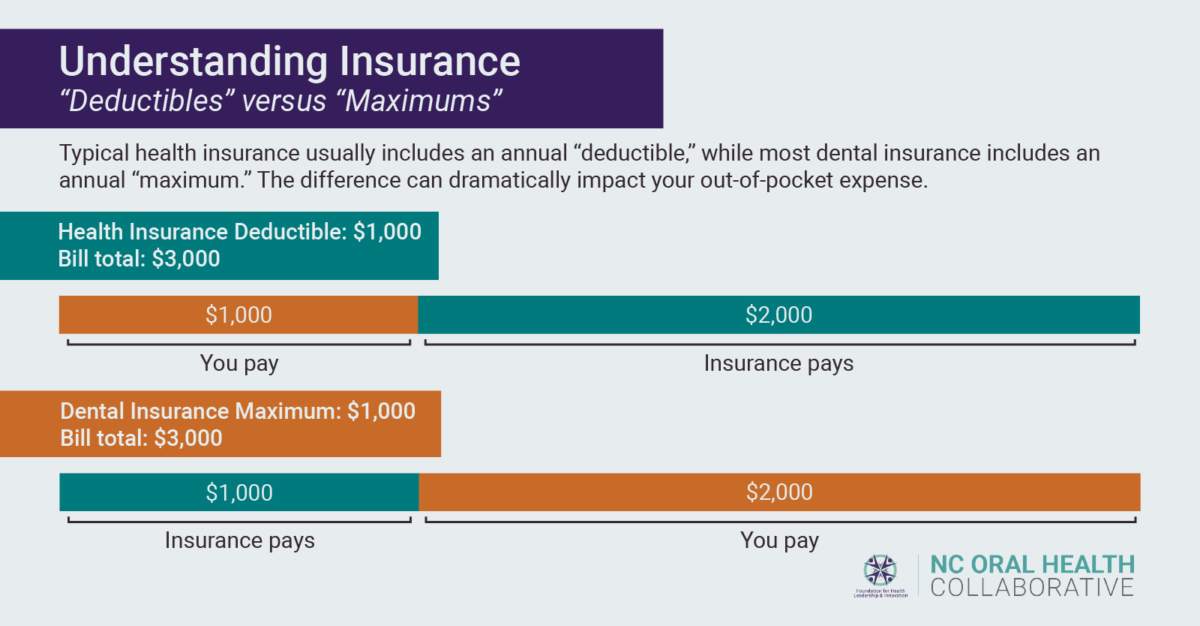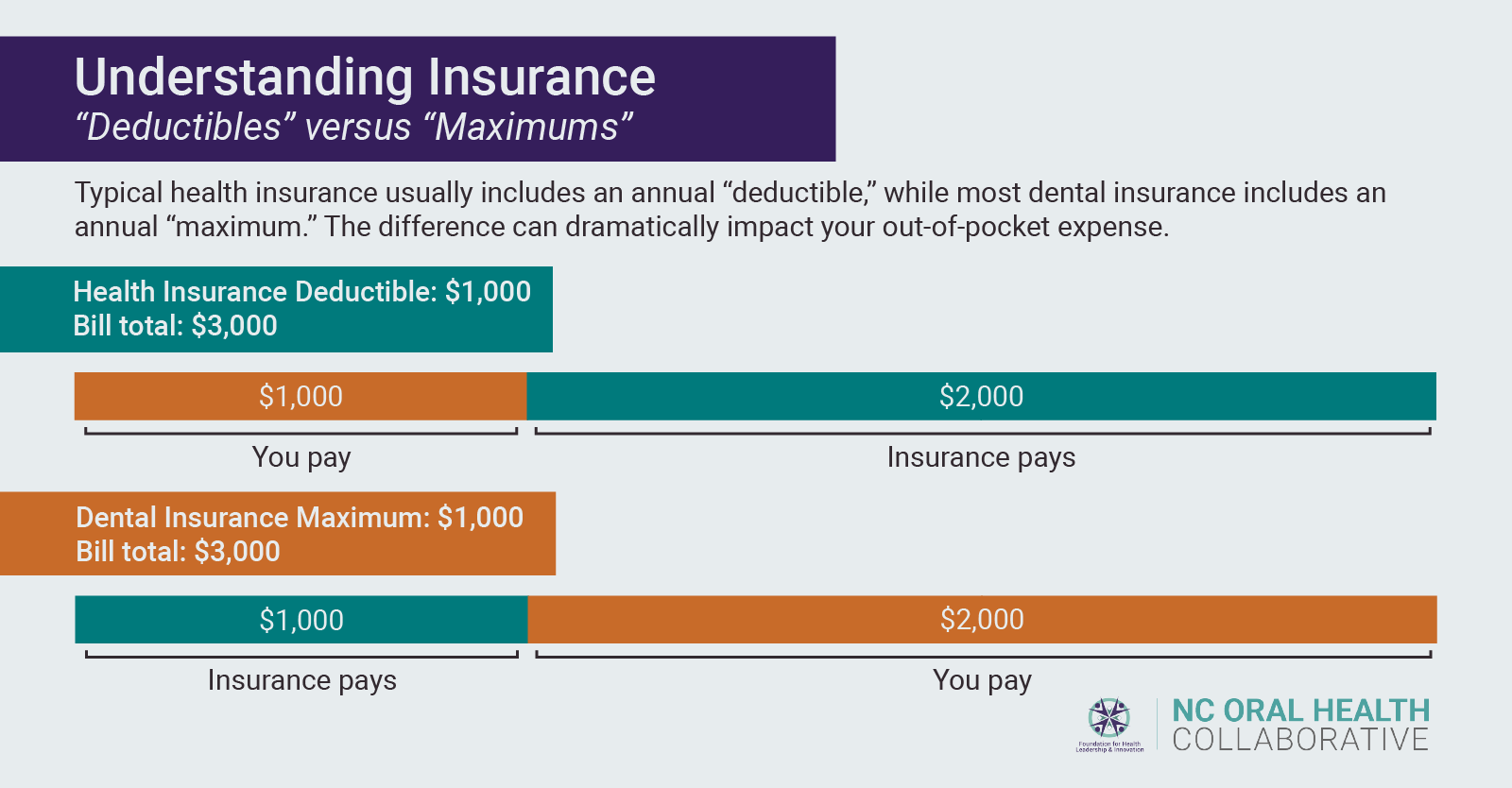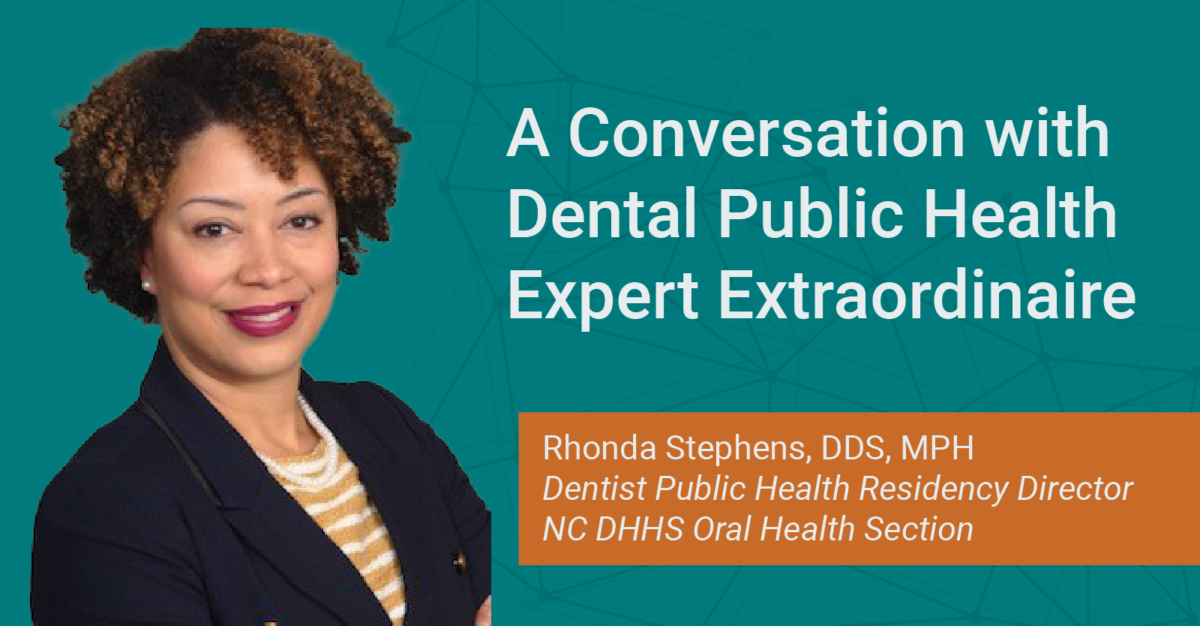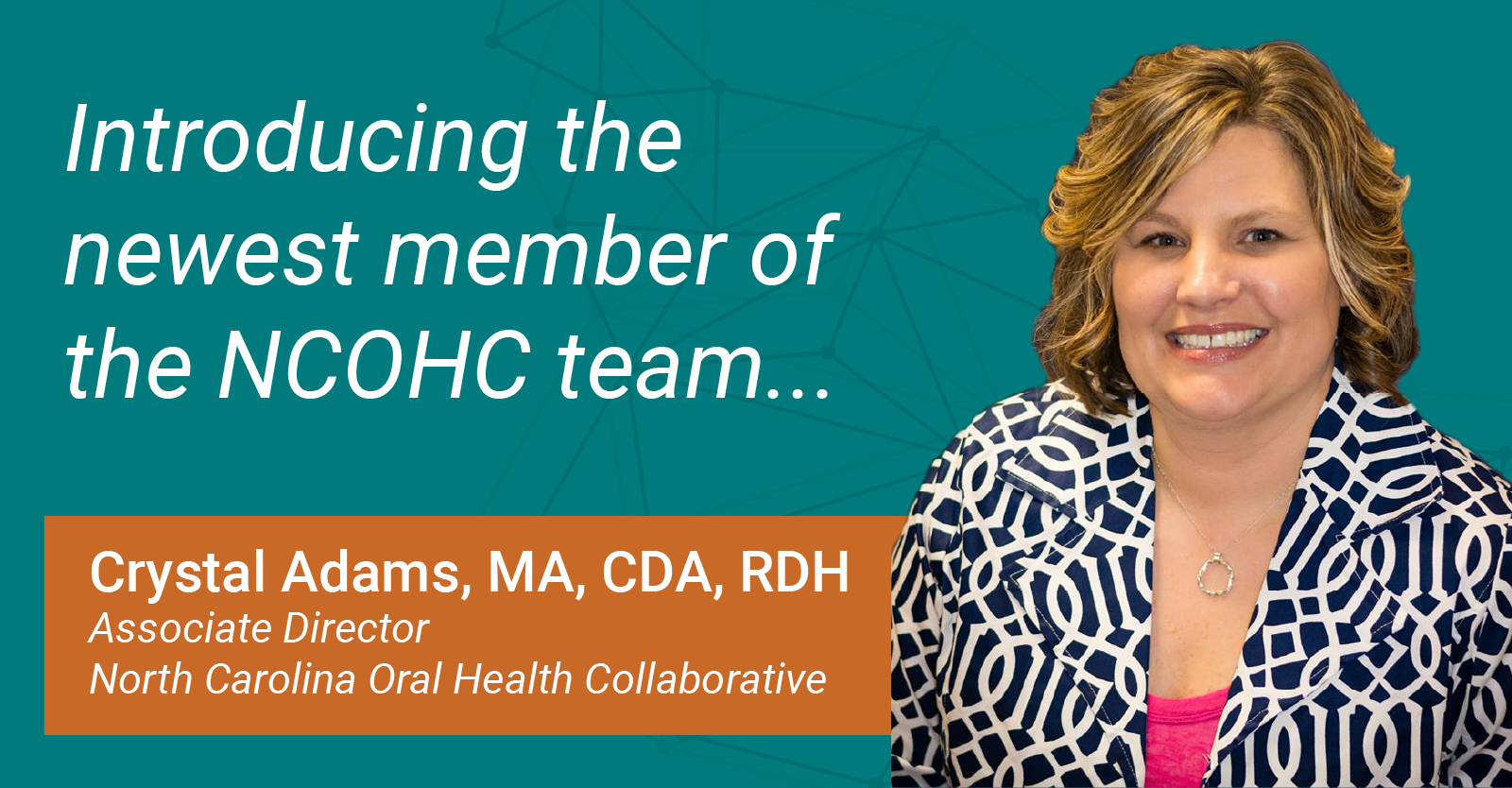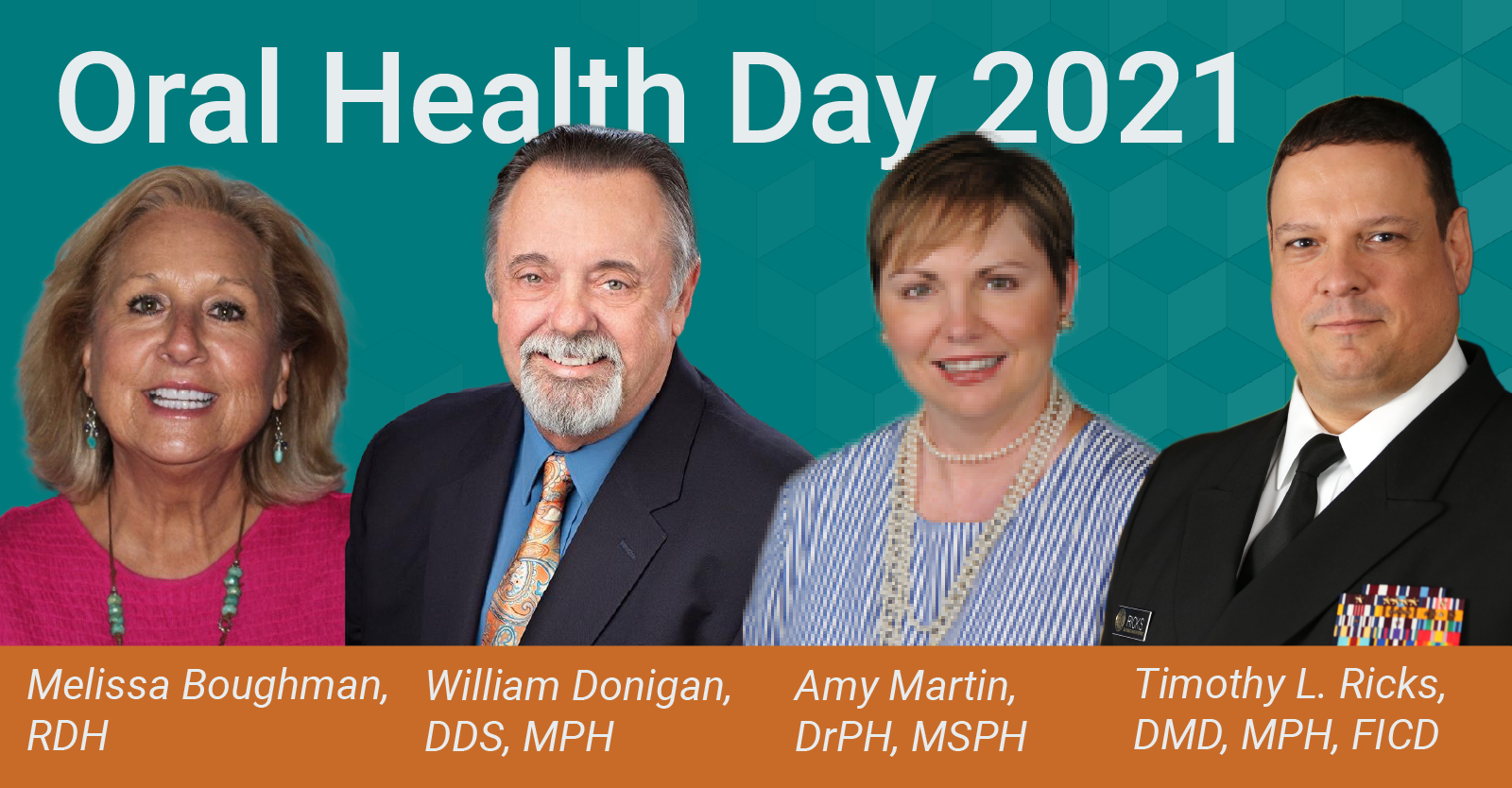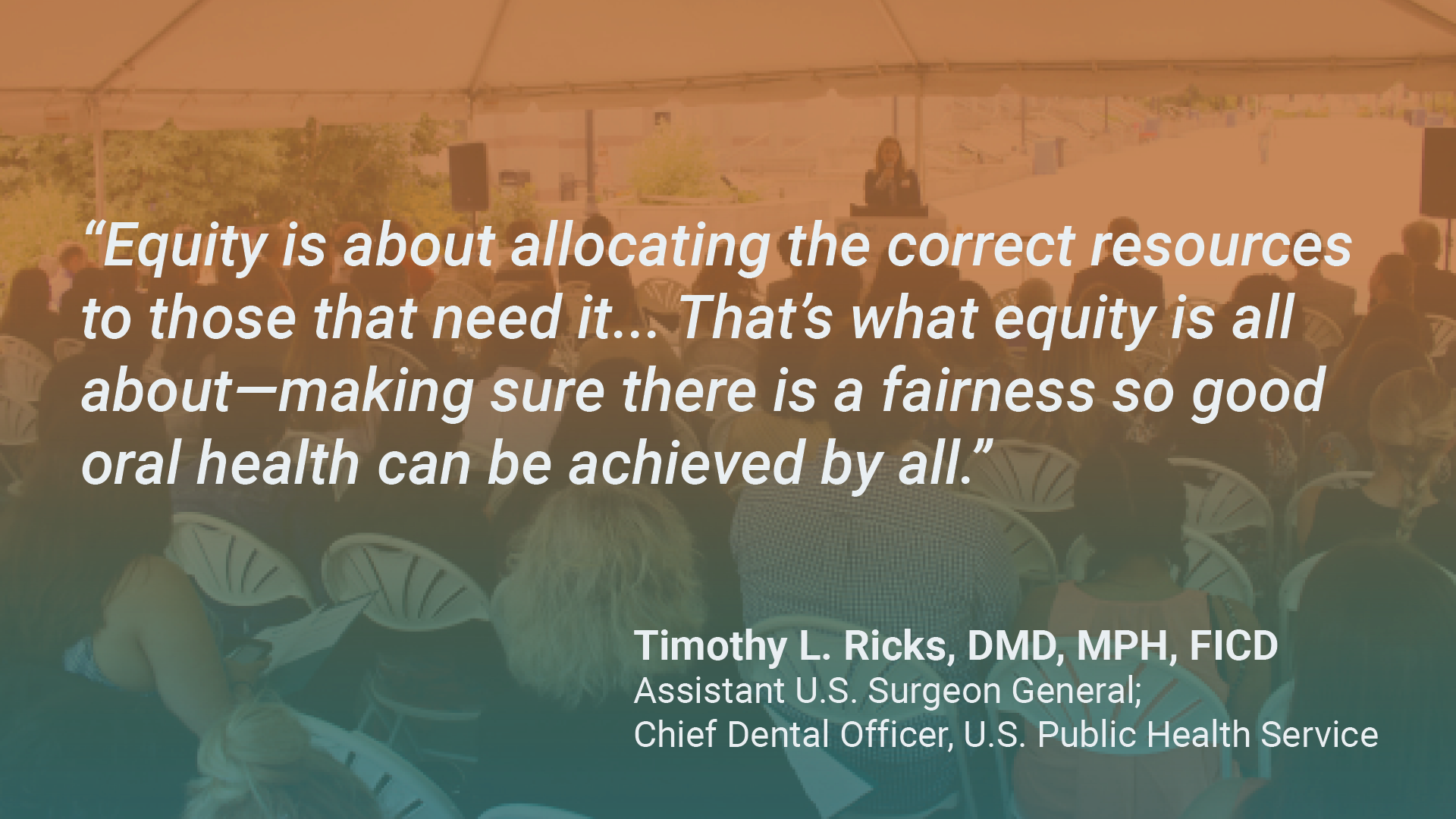On April 8, 2002, Ray Krone was released from prison after serving 10 years for a murder he did not commit.
A decade earlier, a woman’s body was found at the bar Krone frequented. Officers identified Krone as a person of interest, and they took a Styrofoam impression of his teeth to see if they matched bite marks on the victim’s neck.
Krone had distinctly crooked teeth, so after an American Board of Forensic Odontology-certified diplomate testified that Krone’s teeth were a match and he was convicted of the murder, he was dubbed the “Snaggle Tooth Killer.”
Years later, DNA evidence proved that Krone was not involved in the murder – the bite marks were not his.
Bite-mark analysis is used in courtrooms across America, and unfortunately, it is responsible for hundreds of years in wrongful convictions.
“There has been no scientific research that has adequately established basic premises in bite mark comparison work, including whether an examiner can even, with sufficient accuracy, identify a mark as a human-created bite, much less opine on whether a particular set of dentition produced that bite,” said Brandon Garrett, director of the Wilson Center for Science and Justice and the L. Neill Williams, Jr. Professor of Law at Duke University.
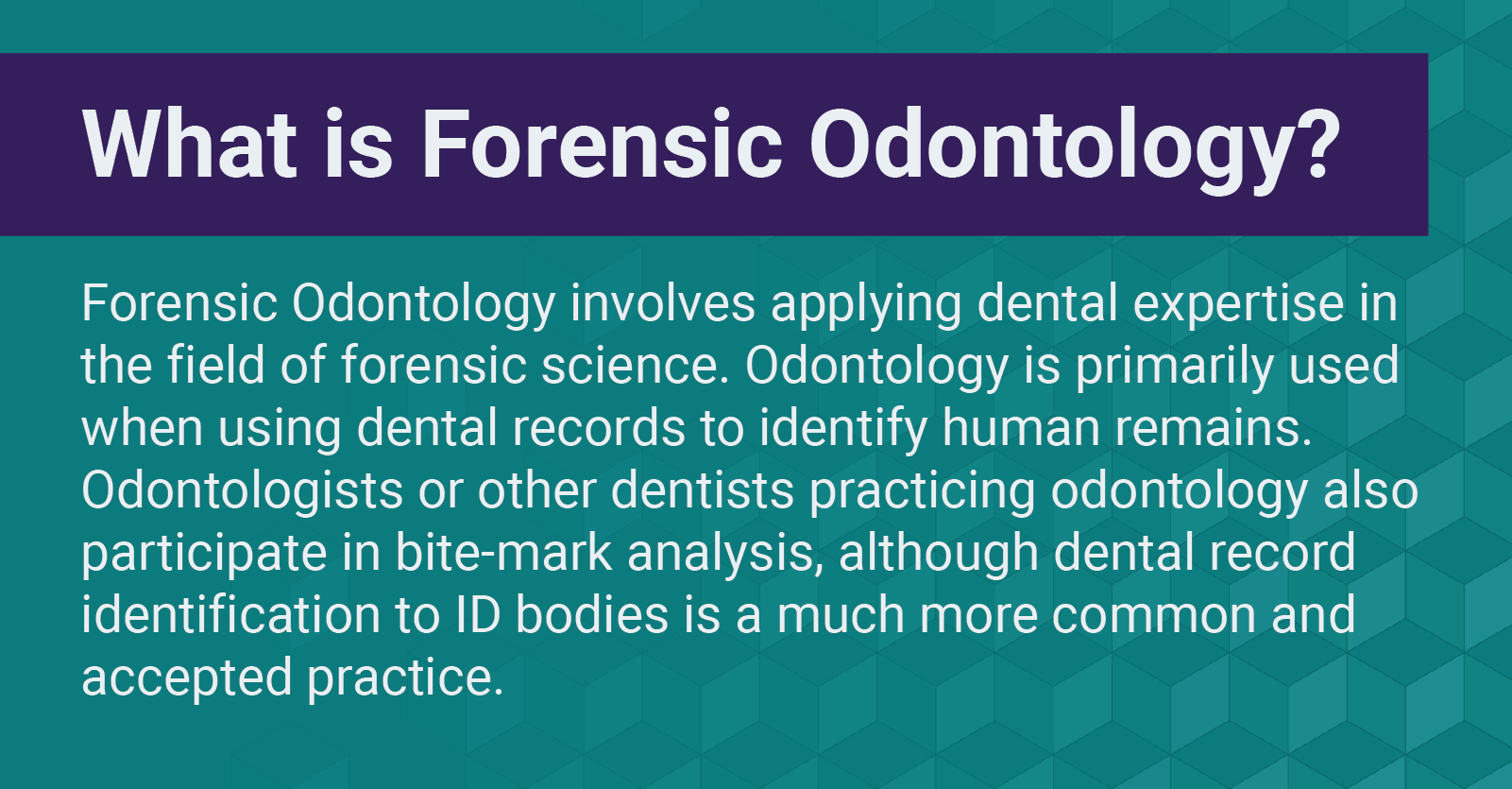
The Innocence Project has documented more than 30 instances of people wrongfully indicted or imprisoned in part due to the use of bite-mark analysis.
In total, more than 424 combined years of wrongful incarceration have been served as a result of these convictions.
In fact, bite-mark analysis is so unreliable that it has even been used to convict in cases where bites were later proven to be from animals, not humans.
Garrett mentioned a case in Mississippi in 1995 where Kennedy Brewer was given the death penalty after a bite-mark analysis linked him to marks left on a victim’s body. Years later, a reexamination led to the discovery that the 19 bite marks were actually the result of insect bites, not a human’s teeth. Brewer still served 15 years before his exoneration.
As it stands today, there is little, if any, scientific evidence in support of bite-mark analysis. Beyond that, dentists who serve as forensic odontologists do not have to demonstrate a level of proficiency in the matter at hand: linking marks on a human’s skin to the teeth in someone’s mouth.
“Local courts have even permitted local pediatric dentists and persons with no prior background in forensic work to testify,” said Garrett, adding that even odontologists with decades of experience have made testimony resulting in wrongful convictions. “It is not clear that experience over many years in a technique with unknown reliability makes one better than a novice; the technique may be so unreliable that experience is irrelevant.”
Time to Reconsider Bite-Mark Analysis
The issue of bite-mark analysis is a question of equity and social justice. As NCOHC and our partners work to increase access and equity in oral health care, it is worth considering this social injustice that so closely involves the dental community.
The number of dentists who serve as expert witnesses in the courtroom is small – and the number who provide bite-mark testimony is even smaller. Nevertheless, the impact, especially on those who have been wrongly convicted, is immeasurable.
Learn more: Brandon Garrett recently spoke in depth about bite mark analysis, other social justice issues that stem from forensic sciences, and his book, “Autopsy of a Crime Lab: Exposing the Flaws in Forensics” on the podcast Pod Save the People.
NCOHC is a program of the Foundation for Health Leadership & Innovation. To get involved, find out more information, and to stay up to date, head over to NC4Change to sign up for our newsletter and see what events and other opportunities are on the horizon.





